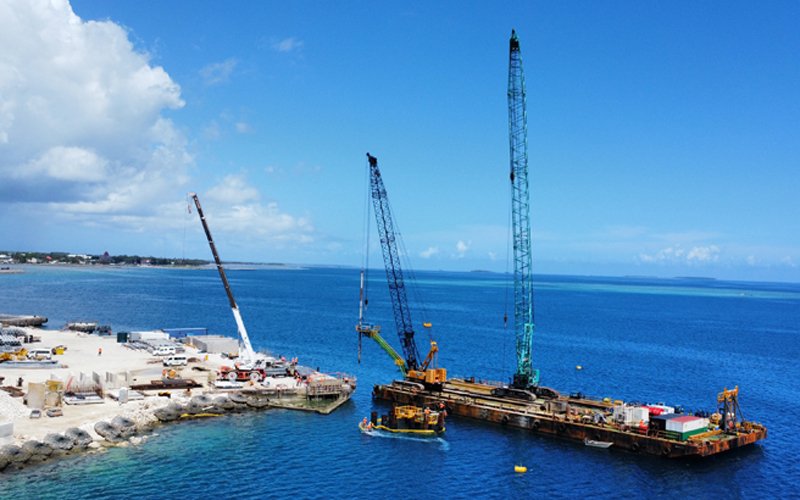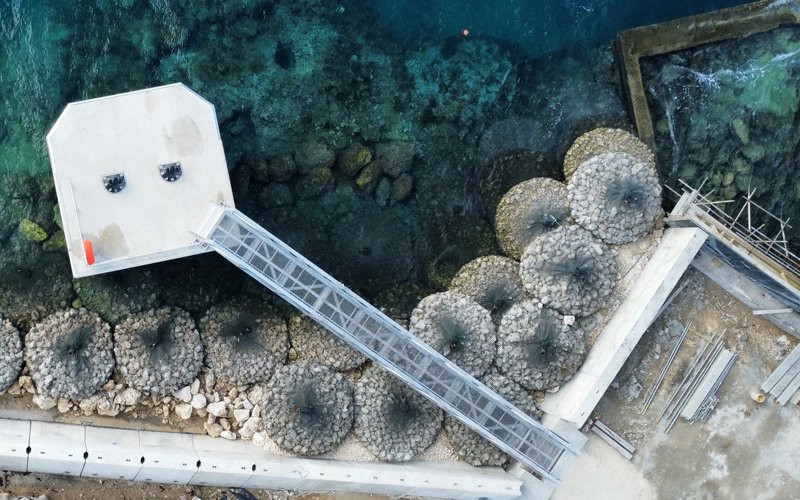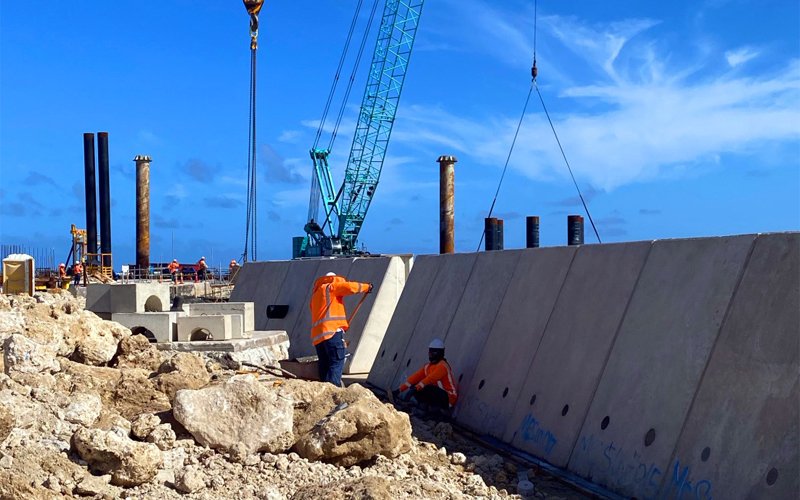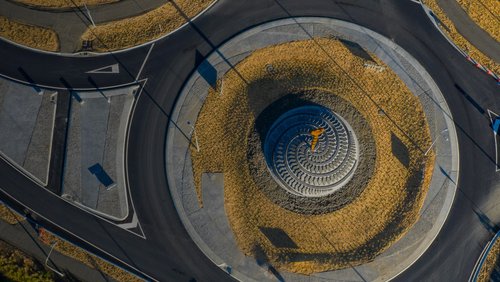10 Sep 2024
Upgrading and expanding Tonga’s main port not only strengthens a lifeline for the Tongan people – given an estimated 98 percent of the nation’s imports arrive here – but it also helps mitigate the effects of climate change and provides employment for more than 140 local people.
The port of Nuku’alofa on Tonga’s main island of Tongatapu is midway through a large-scale transformation of its maritime infrastructure at the Queen Sālote International Wharf. Bolstered by smart engineering solutions, a focus on environmental sustainability, and a desire to work with and for the local people, this project marks a significant milestone in Tonga’s economic development and resilience against cyclones, earthquakes and rising sea levels.
The upgrade has been designed by engineering company Royal HaskoningDHV and is being delivered by multidisciplinary construction company McConnell Dowell. The aim is for the port to receive larger vessels and hence reduce operational expenses. Lowering the cost of importing and exporting goods will support the country’s economic growth.
David Perbey, Principal Engineer and Team Leader from Royal HaskoningDHV, is responsible for the overall delivery of the design, procurement, site supervision and contract management of the upgrade of the two wharves and surrounding infrastructure. He has been involved in the project since initial feasibility back in 2019.

Construction underway on Stage One of the project in Nuku’alofa, Tonga. Photo: McConnell Dowel
“Using insights from the local people, we conducted a climate and disaster risk assessment,” says David.
“We also projected exposure to climate and disaster hazards, identified appropriate resilience measures, calculated investment costs and explored any residual risk as part of the assessment.”
As a result of this research, David and his team proposed to demolish and rebuild Wharf 1, extend Wharf 2 by 45m, build four additional mooring dolphins, refurbish four cargo docks, build a new revetment and new seawall, and lift the entire pavement by 400–600mm. The US$75m project also includes significant updates to lighting, waste management, fire protection and stormwater drainage. While one-half of the yard is upgraded, the other half remains fully operational.
Using insights from the local people, we conducted a climate and disaster risk assessment.

Using insights from the local people, we conducted a climate and disaster risk assessment.
The work is upskilling the local workforce using training programmes on port operations, maintenance, environmental working practices, HSE (health, safety and environment) and gender equality.
Frank Schubert is the Senior Project Manager from McConnell Dowell, managing the mix of marine and onshore works. He is very aware of the importance of social safeguards and community involvement in the project.
“We have 16 engineers on site, out of a total crew of 180. Of these 16 engineers, 10 are Tongan,” says Frank.
“Although there isn’t an engineering school here, we train them and they work with our expert project engineers to deliver the field work, ensure quality control and act as a vital link to the Tongan workforce.”
On the quality control side, for example, two Tongan engineers work in the on-site concrete batch plant.
“They are testing, sampling, crushing our concrete to ensure it is of an exceptionally high quality,” says Frank.
With the requirement to locally source as much as possible, the concrete is produced out of the local coral aggregates. Although in Tonga the coral limestone is soft – not ideal for making concrete – the team is pleased with the solution.

A section of Stage One, including deck, Dolphin 3 and rock bags, near completion. Photo: McConnell Dowell
“The limestone absorbs too much water, which is not good when we’re building new foundations under water. We’ve had to create a very sophisticated concrete mix,” Frank says.
The construction of the foundation for the marine structure in the Holocene limestone layer is critical in term of resilience. David explains further: “As part of the piling, we’ve put large concrete rock sockets within the limestone to ensure it withstands large cyclone uplift and earthquake kinematic loads.”
Through on-site training, the local workforce gains certificates and qualifications that are recognised in New Zealand. Frank says the project is the largest employer in Tonga and workers are supported with measures such as shuttle buses to and from work.
Frank and David are particularly proud of the “client-design-contractor communication” and the team spirit that exists on this project.
Frank says: “We started on the back foot due to Covid-induced delays, inflation, the general economic downturn linked to the Ukraine–Russia conflict, and there was the impact on the site from the volcanic eruption in January 2022 and the following tsunami.
“But we managed to keep communicating and finding a team spirit through all of this.”
David adds that the project is seen as “one of the best-performing projects in the Pacific to date”.
Environmental considerations include using a marine spotter (for marine mammals) during piling, and using non-impact techniques, David says. At the design phase, environmentally friendly features included oil separators in the stormwater system and an automated fuel tank system to prevent release of oil into the sea.

Clearing debris before a 13-tonne pre-cast concrete segment is lowered into place for the new seawall. Photo: McConnell Dowell
The project is set for completion in 2025 and is expected to bring a 50 percent increase in throughput and a reduced carbon footprint and provide safer working spaces for local operators and shipping companies.
Based in Tonga, Ana Bing Fonua is the Consultant Project Coordinator, leading the Project Management Unit. The team of three assists the Ministry of Infrastructure in implementing the project.
“For us, this project has been hugely important for the people of Tonga,” Ana says.
“Local stakeholders, including skilled Tongans returning from abroad, bridge language gaps and explain what’s required in a Tongan context.”
This collaboration has improved work practices and boosted local employment, aligning with Tonga’s strategic priorities and cultural values.
“It’s really special seeing Tongans give back to their community.”
This article was first published in the September 2024 issue of EG magazine.





